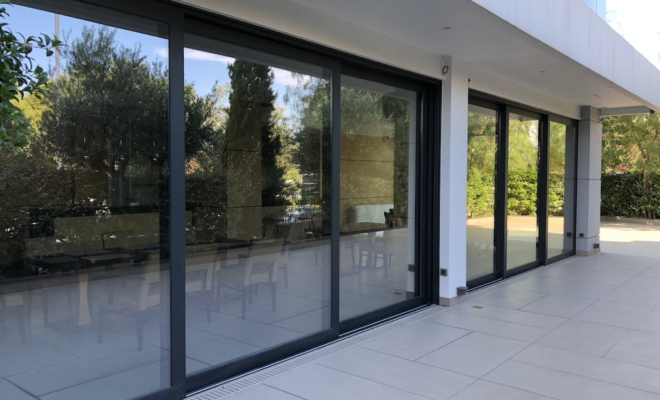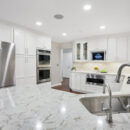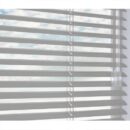5 Types of Automatic Doors

Automatic doors have helped a multitude of people. People with disabilities and those carrying heavy objects can easily maneuver in and out of buildings that have electronic doors. One can find these doors in supermarkets, malls, churches, schools, and hospitals. Mechanical doors have to be well-engineered and meticulously designed so that they can meet automated door safety compliance standards. Teams of experts work hard to make sure the sensors and tools on these doors work. Check out this list of five kinds of automatic doors.
- Sliding
Sliding doors have motion sensors that cause them to slide open. Some of these doors are biparting, meaning that they consist of two sliding frames that part from the middle, while others are single parting, signifying that they have one sliding frame that moves in one direction. Biparting doors are ideal for locations with a good deal of multi-directional traffic.
- Revolving
Revolving doors move in a circular motion and have two, three, or four compartment wings. They are often installed in buildings that have heavy traffic flow. These doors are able to separate indoor and outdoor environments, so they are great for spaces that need climate control and places that want to reduce their energy costs.
- Folding
People who need to add doors in a very small area will typically choose folding doors. These doors fold in on themselves, so they do not take up much space when they open. Some folding doors have two panels while others have four. One can find these doors in corridors and narrow entryways.
- Swinging
Swinging doors swing in or out when an individual is trying to enter or exit a space or room. These doors have an operating system that is equipped with push or pull arms. This system can be attached to virtually any traditional door. Some swing doors have low-energy applications while others have full-energy ones.
- Balanced
Balanced doors are often placed in buildings that experience high winds. These doors have a balance hardware system that addresses door weight, air pressure, and wind loads, allowing a balance of forces so that, if heavy winds hit the door, it will remain closed. An automatic balanced door can accommodate a high volume of traffic as well as people carrying suitcases, briefcases, and bags.
Automatic doors provide a significant amount of convenience, comfort, and security. More and more establishments are taking advantage of them.


